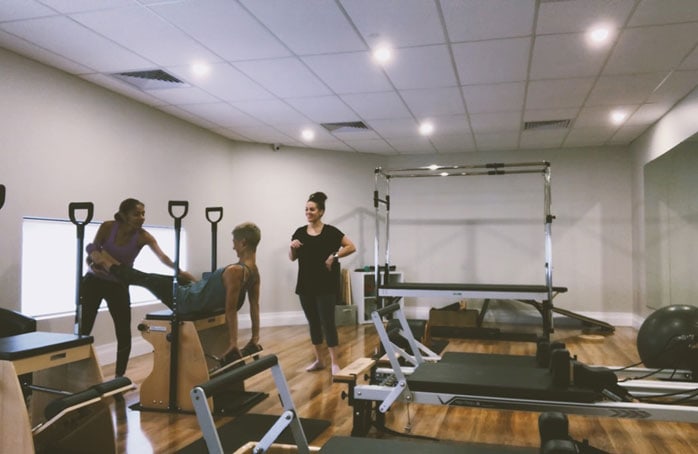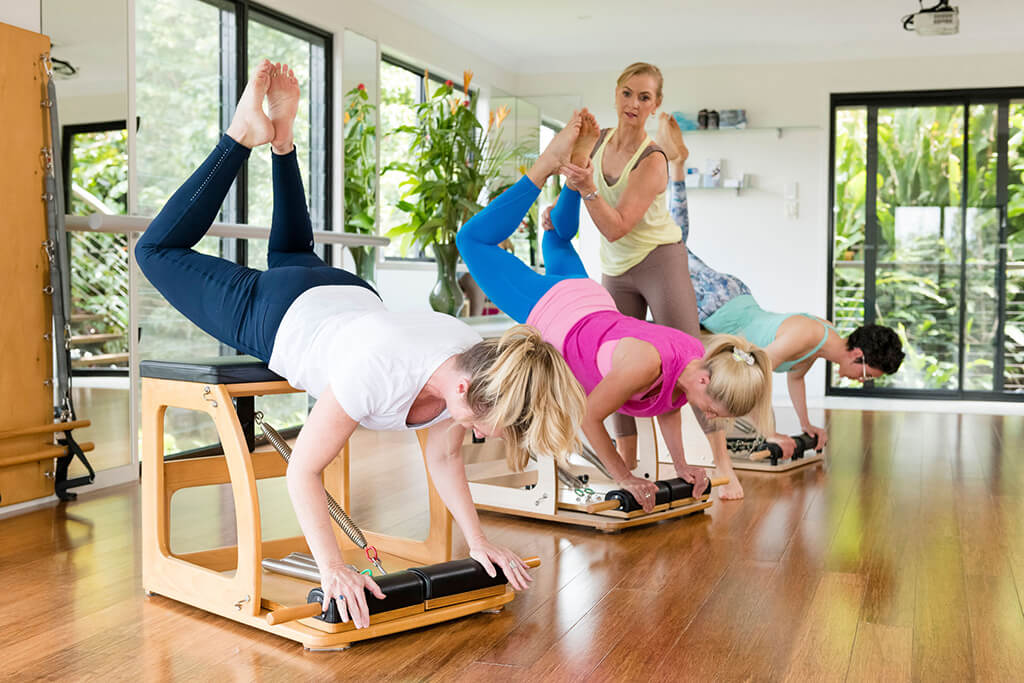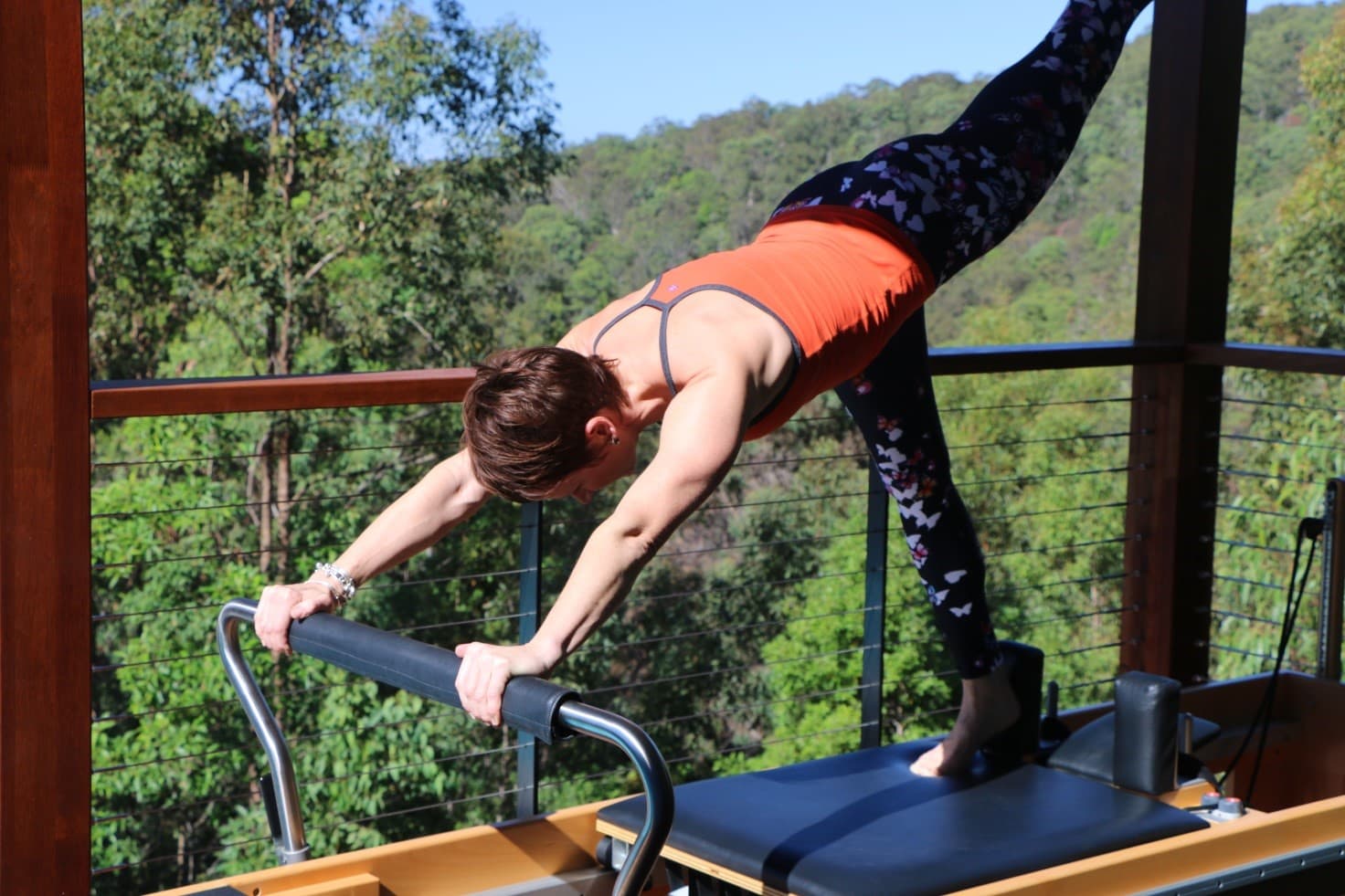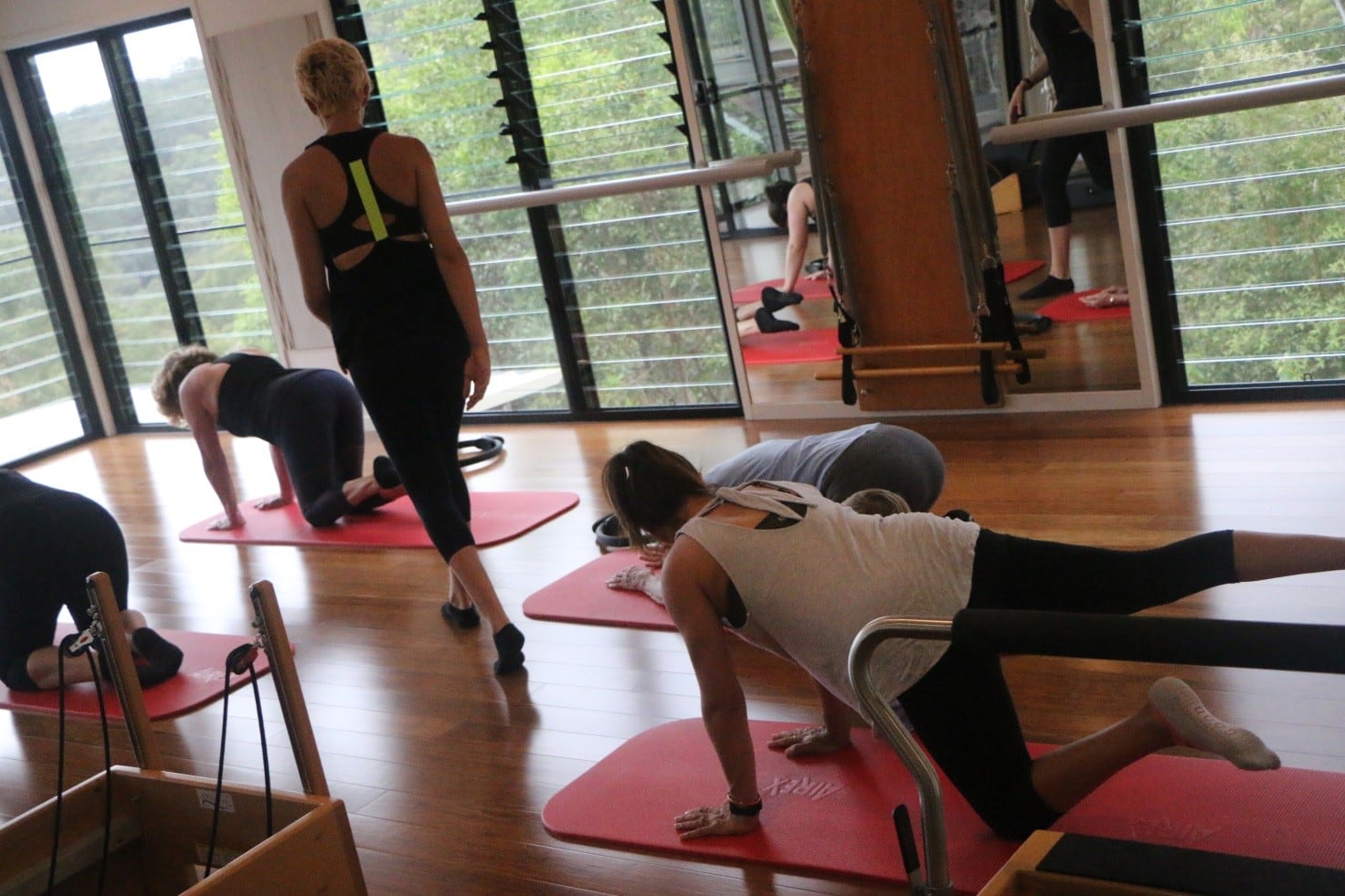
Why Pilates Makes Me Tired
Posted on May 20, 2019 by adminAs tiring as Pilates can be, it really is good for your body. Many people find Pilates tiring in a different way to the gym. While a gym session will generally leave you feeling sore and fatigued in one part of your body, a properly programmed Pilates session can leave you feeling like you have used your full body fatigue in some instances. This is due to the nature of Pilates and one of the main factors in how it differs from yoga. While yoga’s main focus is on flexibility, Pilates is specifically designed to work not only your core muscles but your specific stabiliser muscles as well.
What are stabiliser muscles? Simply put these are muscles that stabilise a joint to protect against unnecessary or unwanted movement. Many people are familiar with the larger muscles such as Biceps Brachii (Biceps for short) while working their arms, however few people have heard of Supraspinatus and what it does to protect their shoulder joint. Supraspinatus holds your humerus (upper arm bone) in place and keeps your upper arm stable, additionally it helps to lift your arm and therefore this muscle is involved in many movements of the arms over the head. Movements such as reaching to a high self or taking off a t-shirt use the Supraspinatus.
In Pilates we work these generally smaller stabiliser muscles, all over the body as well as the deep muscles which are located underneath the larger muscles. The deeper muscle layers are commonly quite weak, so it is unsurprising that after a Pilates session you can feel as though you’ve worked muscles you never knew you had – because chances are, you have done exactly that.
It is so important to work these muscles as very often they are neglected in our day-to-day life, gradually losing strength until they can become susceptible to a tear or other injury. As uncomfortable as being generally tired is, it is far better to work on strengthening these deeper muscles so that your body may function in a biomechanically optimal way than it is to have to recover from an injury. It’s healthy for your stabilising muscles to have a chance to move correctly while being watched closely by a qualified Pilates instructor who can identify these muscles and make sure that you are in fact using them correctly.
Choosing the right studio and instructor is absolutely key to gaining the most from your Pilates practice. Ensuring that you take a class with an instructor who is eligible for membership with either of the Australian professional Pilates associations. (https://www.pilates.org.au/ or https://www.australianpilates.asn.au/) is the best way to know that you are in safe, professional hands.
Latest Blog Post

How To Become a Pilates Teacher in Australia: Your Ultimate Guide
Looking at A Career In Pilates Teaching? So, you love pilates and would like to become a qualified pilates teacher? Let’s help you get started as it can be quite confusing with all the options available. With the right guidance and qualifications tou can turn your passion into a rewarding career as a pilates …
Continue reading “How To Become a Pilates Teacher in Australia: Your Ultimate Guide”

Pilates for runners
Running is popular and accessible form of exercise for many people of all ages. However, runners can be at risk injury due to poor technique and therefore prone to developing pain or discomfort as a result of muscle imbalance or uneven gait cycles. Due to the high impact nature of running, preexisting injuries, weaknesses, imbalances, …

Benefits of mat Pilates
Pilates can promote better general fitness through improved strength and endurance, balance, flexibility, and posture- all preparing the body to be better able to engage in tasks of day-to-day life. Pilates is also an effective method for managing or improving functional limitations resulting from injury, surgery, or existing pathologies. Pilates provides a well-balanced approach to …


